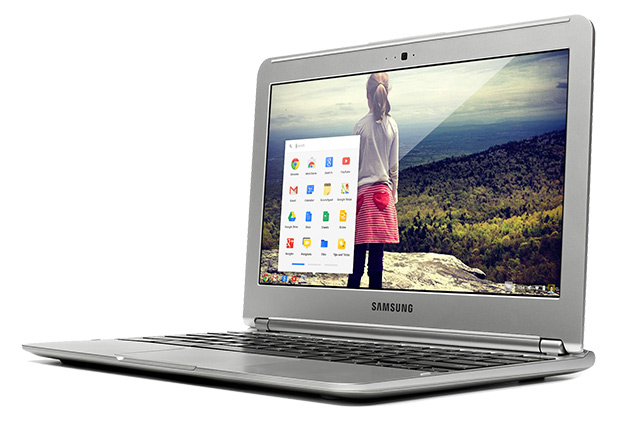To learn how to install crouton, take a look at this excellent guide: http://www.howtogeek.com/162120/how-to-install-ubuntu-linux-on-your-chromebook-with-crouton/
For more information on crouton and all of its features take a look at David Schneider's (crouton's developer) GitHub page: https://github.com/dnschneid/crouton
For Chromeboxes, I would suggest installing the crouton script with the following targets:
sudo sh ~/Downloads/crouton -t xiwi,extension,xfce -r trusty
This will install a chroot running Ubuntu Linux with the XFCE interface (which is very lightweight on system resources, although not as pretty looking as Unity). It also sets it up to run Ubuntu in a window in the Chrome OS interface, much like using a remote-desktop application. (that's the xiwi target). The extension target allows for cool things like universal copy-paste, etc.
If everything goes well, you get something that looks like this:
 |
| Ubuntu Linux running in a window inside Chrome OS |
This "Linux in a Window" makes for a nice dual-monitor setup.
So now that we have Linux installed, our next step is to get the right apps to make it worth our while.
The first set of apps I recommend installing is WPS's office suite. Chrome OS' biggest lacking feature is a robust native editor for MS Office files. While Google's purchase of Quick-Office and subsequent absorption of its native MS editing capabilities into the Drive suite of apps is a good start, its quite lacking for complex and necessary features such as 'track changes.' The WPS suite fills this gap. http://www.wps.com/linux/
 |
| WPS Word Editor |
For those of you who make use of the Citrix suite of apps to access applications at work, you'll be pleased to know that the Citrix ICA client can be installed in crouton. It works rather well with the Firefox browser. You should note, however, that it can be a bit of a pain to get up and running.
For instructions, see here: https://help.ubuntu.com/community/CitrixICAClientHowTo or here: http://kenfallon.com/installing-citrix-reciver-on-ubuntu-14-04-lts-trusty-tahr/
Other useful apps include:
- Photo/Image Editing: GIMP
- PDF Viewing: EVince
- PDF Editing: (unfortunately, there aren't any good Linux apps for this)
- Video Editing: Pitvi
Of note, Wacom tablets will work in the chroot, now that Chrome OS has basic Wacom tablet support. I think pressure sensitivity is still off the table, however.
Hopefully, this is of some help in enhancing your Chromebox. The next in this series will discuss how to get Virtualbox up and running in crouton so you can run a full instance of Windows inside your chroot! (A bit inception-like, but hey, it works!)





.png)
